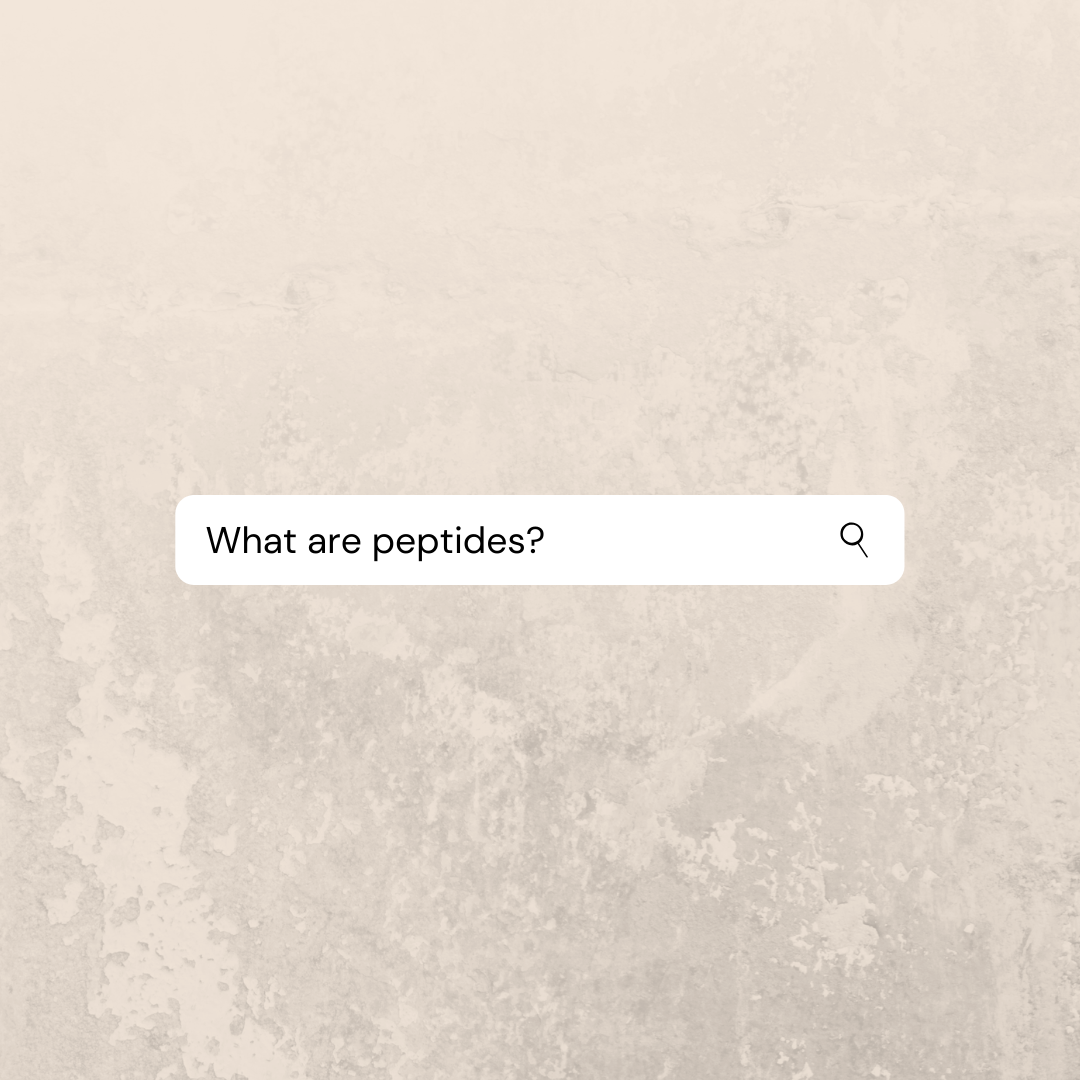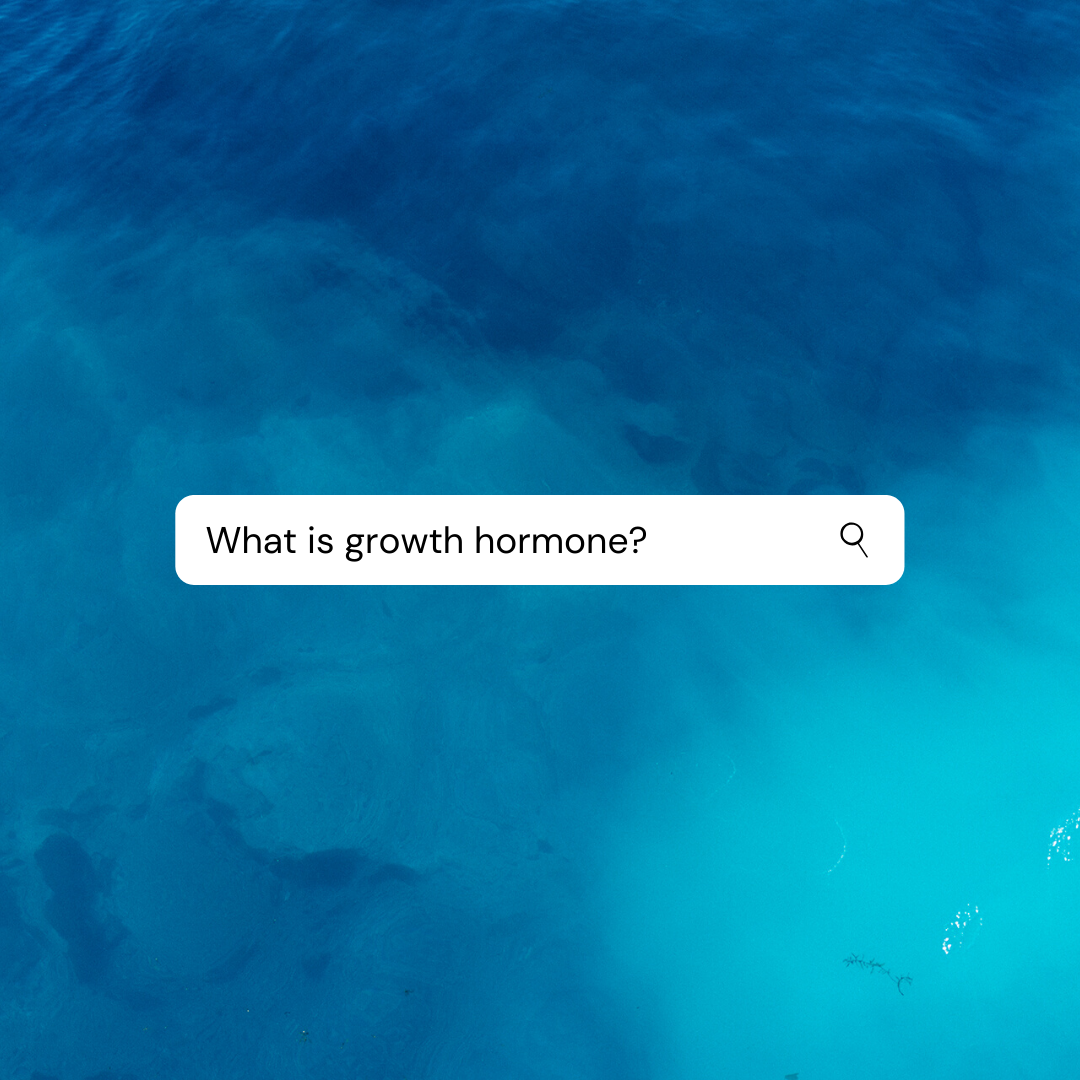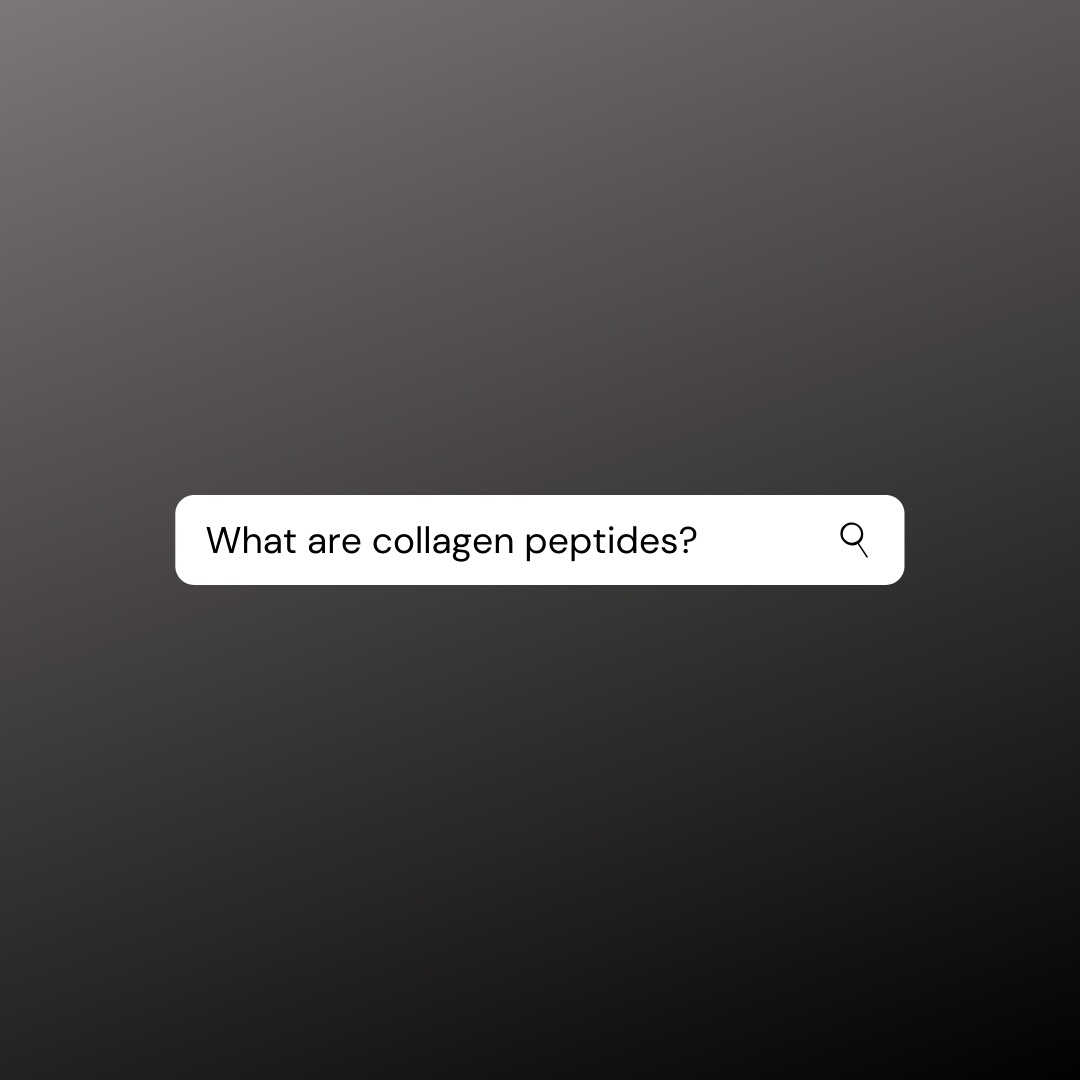What are Peptides?

What are Peptides?
Peptides are the building blocks required to make proteins. Peptides are derived from joining the amino group of one amino acid with the carboxyl group of another. They are composed of a relatively short string of amino acids in a specific sequence. The sequence of amino acids is what determines how the peptide will function in the body. The length of a peptide is usually no more than 50 amino acids. Once a peptide reaches a size beyond 50 amino acids, it is considered a protein.
Having an integrative medical practice is all about providing my patients with the tools they need to optimize their health. Naturally, this is done on an individualized basis. However, the topic of peptides will frequently enter into the conversation. I will address the most frequently asked questions in the following paragraphs.
What are the benefits of peptides?
Peptides serve countless functions in the body which are vital to maintain health. As we age, our bodies become less efficient and lose the ability to produce and utilize peptides at the same levels as when we were young. This decline in peptide production and function is both directly and indirectly related to the aging process. Therefore, it’s important to do what we can to optimize levels of the most important peptides. Different peptides do different things. Peptides are responsible for anything from how well we heal from an injury or infection to how youthful our skin is.
What are natural peptides?
As you can imagine from what we’ve already discussed regarding peptides, peptides are abundant in nature. They are naturally occurring molecules found in all living things. However, many of the peptides use for medical purposes are synthesized in the laboratory. That way we’re able to provide patients with a specific peptide for any given function. It also helps to assure an adequate supply of peptides have been prepared under sterile conditions and free of contaminants.
Are peptides good for skin?
Yes, some peptides are good for the skin and in fact produced specifically for dermatologic applications. GHK–Cu is one such peptide. GHK–Cu is a naturally occurring copper tripeptide that has a high affinity to copper ions.
At the age of 20, the level of GHK–Cu in human plasma is around 200 mcg/ml. By the age of 60, the level drops to about 80 mcg/ml. GHK-Cu has many positive effects in humans. It can promote wound healing through the activation of immune cells and stimulation of collagen and glycosaminoglycan synthesis and skin fibroblasts. It also has antioxidant and anti-inflammatory effects to help reduce the effects of oxidative stress on our skin. Recent studies revealed its ability to modulate expression of a large number of human genes, generally reversing gene expression to a healthier state. Synthetic GHK-Cu is used in cosmetics as a reparative and anti-aging ingredient.
Best peptides for body building?
You don’t have to be a professional bodybuilder to want to build muscle and get into better shape. To the contrary, the vast majority of people working out are not professional bodybuilders.
With that said, there are numerous peptides available to promote fitness, build muscle and burn fat. Some of these peptides work in similar fashion while others working in totally different ways. However, they all work to optimize biomarker levels to the “prime of your life” levels.
The mechanism by which most of the peptides in this category work is by stimulating the release of an individual’s own growth hormone. These peptides are referred to as growth hormone releasing hormones (GHRH) or growth hormone releasing peptides (GHRP) and depending on the peptide can be very effective. Presently, I believe, the best GHRH is CJC–1295 and the best GHRP is Ipamorelin. Interestingly, these to peptides have a synergistic effect and have a stronger effect when used together. Leading to the body producing higher levels of growth hormone than either by itself.
There are gonadotropin peptides that can increase testosterone levels by stimulating the testicles to produce more testosterone. One such peptide is human chorionic gonadotropin (hCG). This peptide is also used to improve fertility and both men and women.
Other peptides work by increasing mitochondrial function and mitochondrial numbers to improve metabolism and endurance.
We even have growth hormone fragments (GH Frags). Research has shown that the segment of the growth hormone (HGH) molecule responsible for building muscle and burning fat is the amino acid sequence or “fragment” of the amino acids 176-191. This discovery has allowed us to target building muscle and burning fat using the GH fragment 176-191 without worrying about the adverse effects associated with using the entire HGH molecule. Such as organomegaly and acromegaly. Not only is it safer then using hGH but is also much cheaper.
Peptide versus protein?
Peptides are the building blocks required to make proteins. They are composed of a relatively short string of amino acids in a specific sequence. The sequence of amino acids is what decides the function of the peptide will be. The length of a peptide is usually no more than 50 amino acids. Once a peptide reaches a size beyond 50 amino acids, it is considered a protein.




